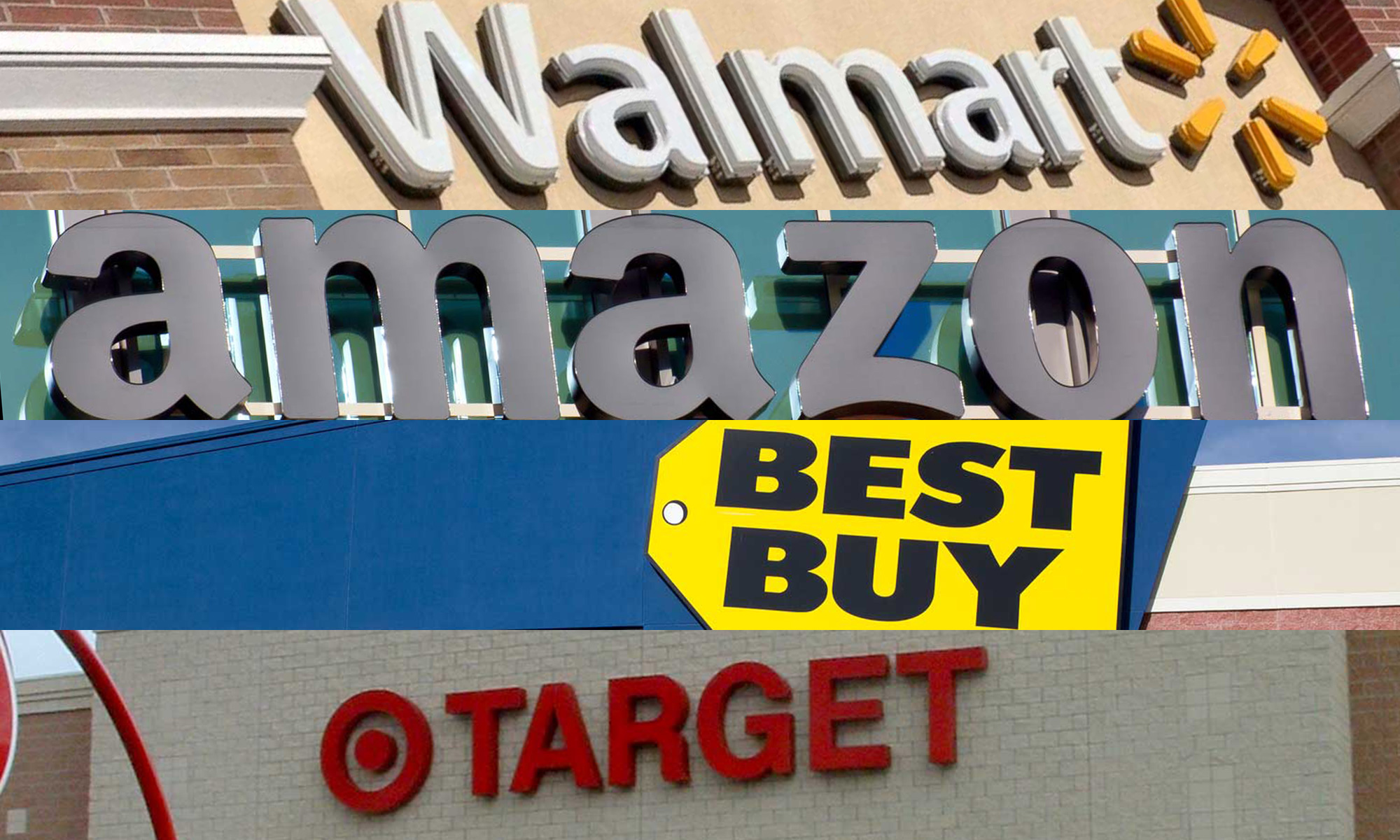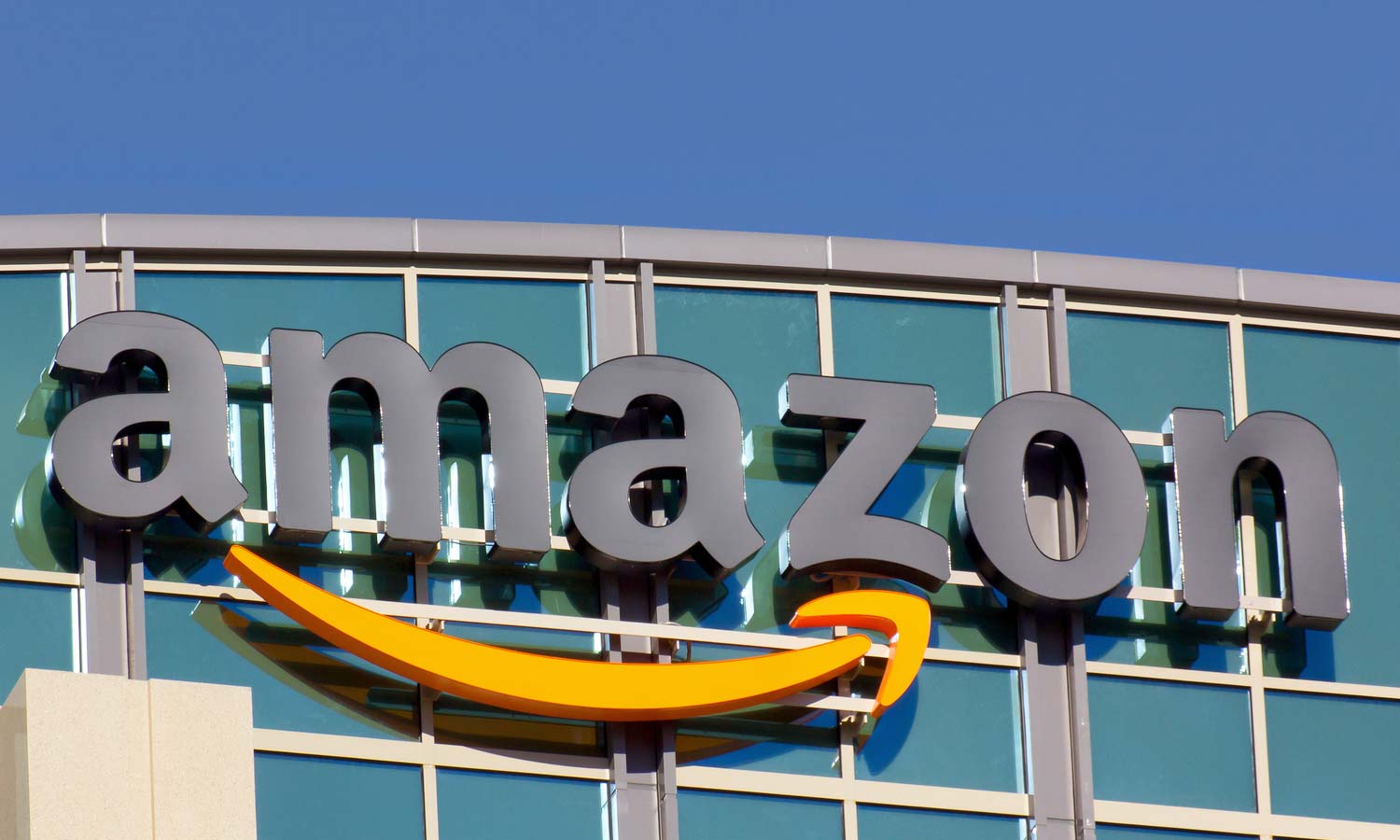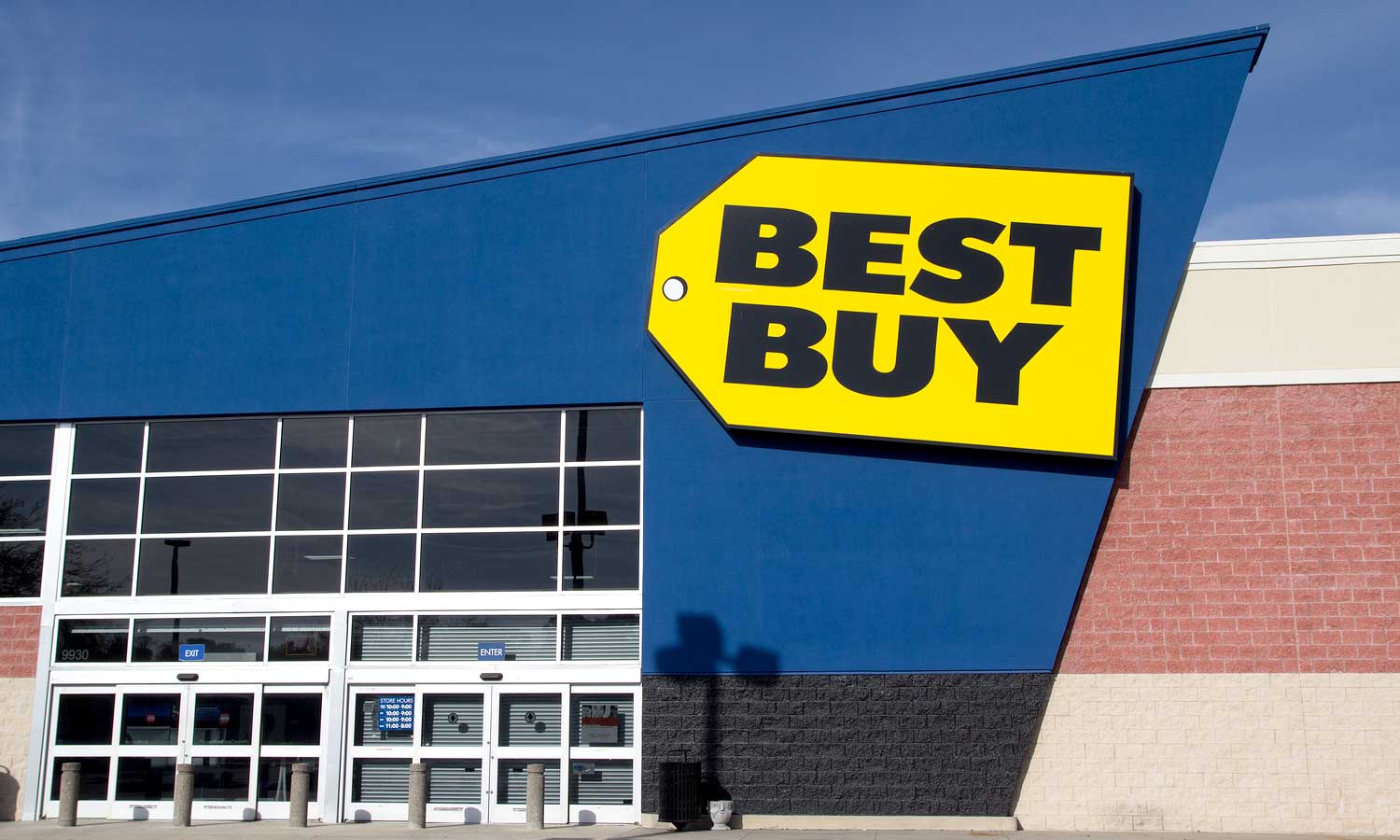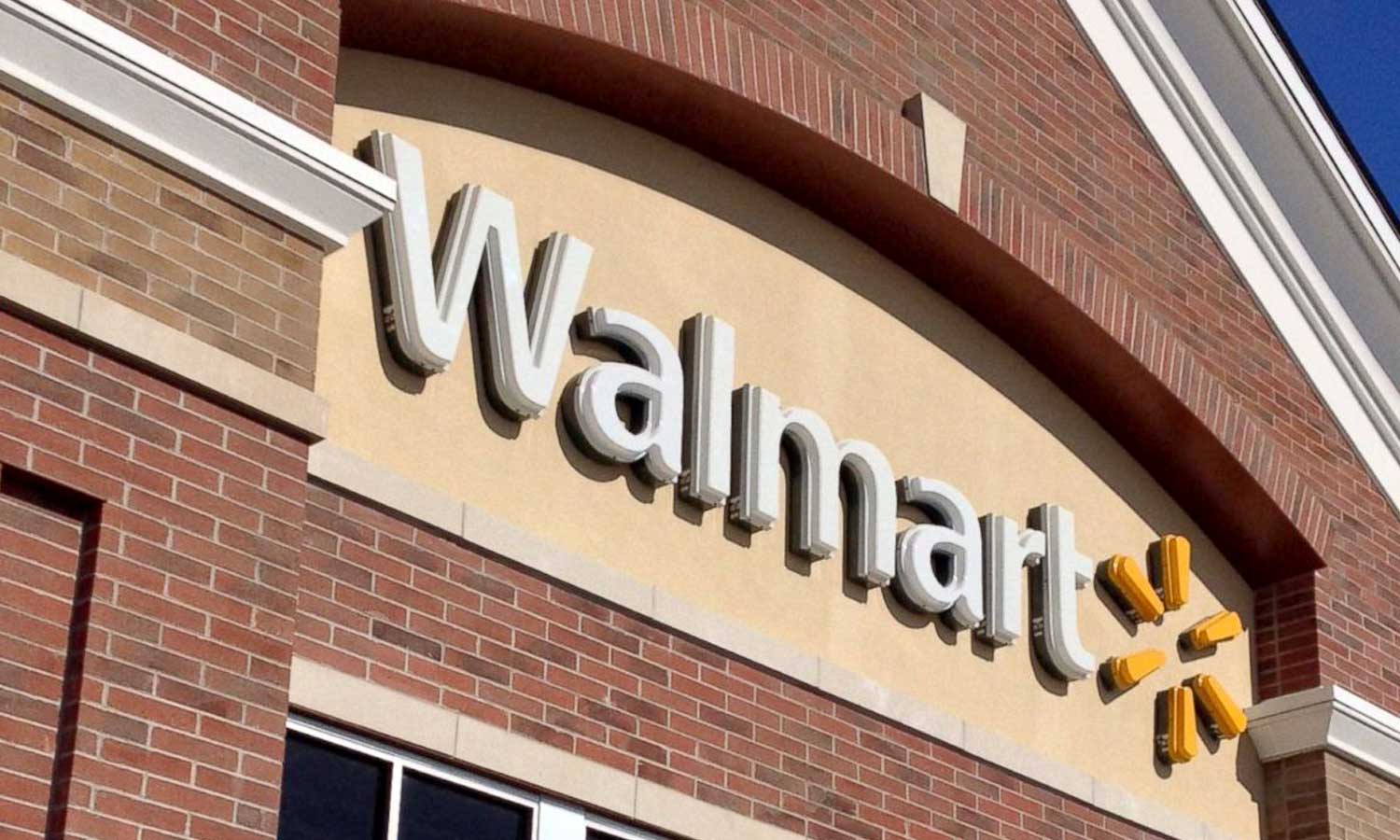Which Return Policy Is Best? Amazon vs. Walmart vs. Best Buy vs. Target
It's no fun returning a gift (or knowing that a gift you gave is being returned), but it happens. Here are the best and worst retail return policies.
Buying gifts is just one part of the holiday shopping season. It's likely that sometime in the next few months, you'll find that the gadget you received doesn't work the way you hoped it would, or that the shirt you got doesn't fit. You (or the person who got you the gift) will need to return the product in hopes of getting a refund or a replacement.

As you know, returning items is never fun. And returning items online can be even less appealing.
To give you a sense of which major retailer offers the best return policy, we've outlined the rules of Amazon, Walmart, Best Buy and Target. Based on our research, you might be better off with Walmart or Target if you want the most time to return products and the most flexibility.
MORE: The Best Holiday Gift Ideas Under $100
Retailer Return Policies Compared
| test | Amazon | Best Buy | Target | Walmart |
| Return Period | 30 days | 15 days* | 90 days | 90 days |
| Requisites | Item cannot be damaged or perishable. | Item cannot be damaged, and receipt is requested. | Receipt is required, and item should not be opened or damaged. | Item must be returned in the original manufacturer's packaging. |
| Free shipping? | Yes | Yes | Yes | Yes |
| Notes | Amazon requires most third-party sellers to follow its own return policy. | The vast majority of products fall into the standard return policy, which is not the case with competitors. | Target-branded products come with a one-year return policy, easily topping its standard 90 days. | A 90-day policy on nearly all goods, including grocery items that are nonperishable. The most flexible of the bunch. |
* 30 days for My Best Buy Elite members, 45 days for Elite Plus members
AMAZON

In general, Amazon offers 30-day returns on items it sells directly.
Third-party sellers that offer products through the site also typically offer 30-day returns. However, there are some cases where that policy might not apply, which is why Amazon says all consumers should look at a seller's profile page to see its specific returns and refund policies.
Regardless of the third-party seller's policy, Amazon requires that all sellers offer either a return address within the U.S., a prepaid return label or a full refund without requiring products to be returned.
When products are fulfilled or manufactured by Amazon, they're automatically governed by the company's own return and refund policies. As noted, the 30-day full-price return is generally the accepted rule.
However, there are some exceptions.
First, customers who purchase a product from Amazon's Mama Bear and Happy Belly brands can get a refund up to one year after the purchase. Customers who buy an Amazon device, including its Kindle e-reader or Echo smart-home product, can get a full refund within 30 days as long as the product is shipped back to the company in new condition.
On the automotive side, Amazon will offer refunds on products in accordance with the manufacturer's warranty. Baby items can be returned within 90 days of receipt, but those who are hoping to return grocery items sold through AmazonFresh are out of luck.
On the tech side, Amazon's refund policy is a bit of a mixed bag. If a product is returned in new condition in an unopened box, for instance, Amazon offers a full refund. Any computer or tablet that is missing a part or is in an "unsellable condition" might fetch a higher restocking fee.
One other tidbit from Amazon: Any products bought from a wedding registry can be returned within 180 days of delivery.
MORE: Is Amazon Prime Worth It? Here Are the 15 Best Perks
BEST BUY

Best Buy offers a tiered return policy. Every customer who buys a product from one of its stores or online will get a standard 15-day return option. Customers who are also My Best Buy Elite members can bump their return time to 30 days, and those who are My Best Buy Elite Plus members can take advantage of a 45-day return policy.
To qualify for My Best Buy Elite status, customers must spend at least $1,500 at the retail store per year and sign up for a free My Best Buy rewards card. Those who are part of the My Best Buy Elite Plus class spend at least $3,500 per year. In addition to return perks, Elite and Elite Plus members get improved customer service, the ability to earn more points with each purchase, and access to special sales and offers.
Best Buy noted that the vast majority of its products come with the aforementioned 15-day return policy. However, the company added that postpaid cellphones require a 14-day return, regardless of whether customers are My Best Buy Elite users. Similarly, wedding registry items carry a 60-day return for all customers.
Like Walmart, Best Buy offers customers the option to return products through its retail store locations or via mail. The company offers a free return label for customers to quickly send back items to Best Buy.
Best Buy has few limitations on its return policy. For instance, the company will take back apparel only if it hasn't been worn or laundered and still has its original tags. And like other retailers, Best Buy won't accept final-sale items.
Beyond that, however, Best Buy's policy is straightforward and applies to just about every item it sells in its stores. However, its 15-day return period is not as long as other retailers'.
WALMART

Walmart's return-and-exchange policy comes with one very big difference from Amazon's: Because Walmart operates brick-and-mortar locations, customers who buy products on Walmart.com can either mail them in or return them in-store. Amazon requests that buyers return goods via mail.
As with Amazon's return policy, Walmart's return policy varies greatly depending on the product customers buy. However, in most cases, the retail giant offers customers a 90-day return on a slew of products, ranging from electronics to jewelry.
Many items purchased at Walmart can be returned within 90 days. However, there are some exceptions: Computers, digital cameras, tablets and drones, among other devices, must be returned within 15 days of receipt. Postpaid cellphones must be returned within 14 days of receipt, but customers who buy prepaid smartphones can return them within 15 days.
Although televisions are big-ticket items, they can be returned within 90 days.
Walmart's return policy is one of the simplest. The vast majority of the products it sells, other than electronics, can be returned within 90 days. In most cases, customers will get a full refund.
Even on the grocery side, Walmart offers a 90-day return on nonperishable items.
If you want to return products through a Walmart store, the company typically requires a receipt.
MORE: Best Places to Buy and Sell a Used iPhone
TARGET

Target, another major brick-and-mortar retailer, offers a return policy similar to Walmart's, allowing customers to return products within 90 days of purchase. Target will offer a full refund or exchange on most products, but the company says it reserves the right to deny refunds on items that have been opened or damaged, or those that are returned without a receipt.
That said, there are some considerations to keep in mind. For one, any Target-owned-brand item can be returned or exchanged within one year of purchase. In addition, Target will not take returns on any music, movies, video games or software that have been opened. The same is true for open airbeds and open collectibles, like a special-edition Barbie.
Target's return policy for electronics differs from the 90-day period allowed for most other items. Any electronic or entertainment product can be returned only within a 30-day period. As with the other companies' return policies, any postpaid smartphone must be returned within 14 days.
Note that if you decide to bring back a product you got on a Buy One Get One promotion, you'll get a refund only on the lowest-priced item.
As with Walmart's and Best Buy's return policies, Target's return policy allows for customers to return their products online or in-store. Target also has the right to refuse products before it offers a refund, so it's critical that you follow the store's policies to ensure you get your refund.
MORE: 15 Cheap Tech Products That Will Make Your Life Easier
So, which policy is best?
Now that we've detailed the companies' return policies, you might be wondering which one is best.
It's difficult to say which return policy is best, because the experience can differ between in-store returns and online returns. And many customers will judge these policies based on the items they bought and their personal preferences: For instance, do you prefer a longer period of time to return your products, or do you care more about the experience?
In general, though, return policies are often judged by the amount of time people have to return products, how onerous the policies are and whether there is some leeway in regulations. Based on all of those metrics, companies such as Walmart and Target might offer the best experience.
MORE: The Best (and Worst) iPhone Trade-in Deals
Both Walmart and Target offer the longest period of time for customers to return their products. Better yet, they have both online and brick-and-mortar locations, making it easier to find a place to return unwanted goods. Add that to the freebie shipping deals offered by the likes of Amazon, and you might find more value in the big retailers that give you more time to figure out if the product you bought is really all that great.
Your best bet is to be sure to examine these policies in detail before choosing where to get a product you might end up returning at some point.
Get instant access to breaking news, the hottest reviews, great deals and helpful tips.
Don Reisinger is CEO and founder of D2 Tech Agency. A communications strategist, consultant, and copywriter, Don has also written for many leading technology and business publications including CNET, Fortune Magazine, The New York Times, Forbes, Computerworld, Digital Trends, TechCrunch and Slashgear. He has also written for Tom's Guide for many years, contributing hundreds of articles on everything from phones to games to streaming and smart home.
-
_User1 "Based on all of those metrics, companies such as Walmart and Target might offer the best experience."Reply
I call BS on this! I bought a smart TV on Walmart's Black Friday sale. I thought I'd replace my 40" Samsung TV I got a couple of years earlier at a Best Buy Black Friday sale. Was completely happy with this purchase at Best Buy and is still a sweet TV! Anyway what happened with the Walmart purchase was that I got notice at the end of the month that place where I've been living at for over 25 yrs got sold. So I thought I'd better wait till I find out what's going to happen around here. Well before they even got my first rent check, everyone with a place here got a notice of a rent increase of over 50%. So I said screw this, I'm looking for another place. Good thing the TV was never opened right? I called the 800 number on my receipt and I was told not to worry, I got 90 days.
So I figured I'll just post this on Craigslist and see if someone wants it. I even bought a "Walmart 3 year Service Plan". The price I asked was about $25 over the price I paid for it. NOT ONE PERSON RESPONDED! So I went ahead and brought it back, and never opened it, so figured it would be no problem, right? This was on the 15th, 21 days from the date on the receipt. First thing they said at the store was that it was late on getting a refund! They said for smart TVs I have to return it with in 15 days! I was ready to go ballistic! I told them about my call to the 800 number and what I was told. They asked who I talked to? I basically said "the person that answers that 800 phone!" Also I happen to have called twice, cause I was trying to figure out what exactly a "Walmart 3 year Service Plan" is. When I bought the TV, the sales pitch was that it was just like a 3 year warranty. The sales person said that the TV had a 1 year warranty. So I said sure, I'll take that too. Why the receipt stated a "3 year Service Plan". I was trying to figure out why isn't it called a "3 year warranty" and on the 800 call they said it's the same thing. Why they call it a service plan instead of a warranty is beyond me! I was just trying to get this clear in my ad on CL too.
So in my return to the store, they were trying to tell me to get my money back I would have to do it through this Service Plan since it was past this 15 days. They also stated that I should have seen this notice in the Electronics Dept. I told them I never went to the Electronics Dept! I saw this TV on the front page of their store flier and was told I would have to get in line the frozen food area.
So everyone bought their electronics through this line. They got their paper work, went to the front of the store, paid for their items. I'm pretty sure all the big electronics on the Black Friday special was that they paid for the items, then went to the back of the store to pick up the items. So really no one actually was able to examine the items and read the boxes for any questions they might have. I took my TV from the back of the store and got it home.
So after being a big A-hole after hearing their crap, and tell you truth I thought I was going to be taking them to court! I even pulled out my cellphone and started to record them. After the I guess manager and who knows who else I talked to, went to behind the wall to talk about how to proceed, one of the lower classed plain worker opened the box to make sure the item was the correct item. I got the money credited to my credit card. No "thank you" or "have a nice day" or "we wish you a Merry Xmas" or ANYTHING! They just said "here is your receipt for the return". The only way I could have left the store more PO'ed is if they weren't refunding me!
